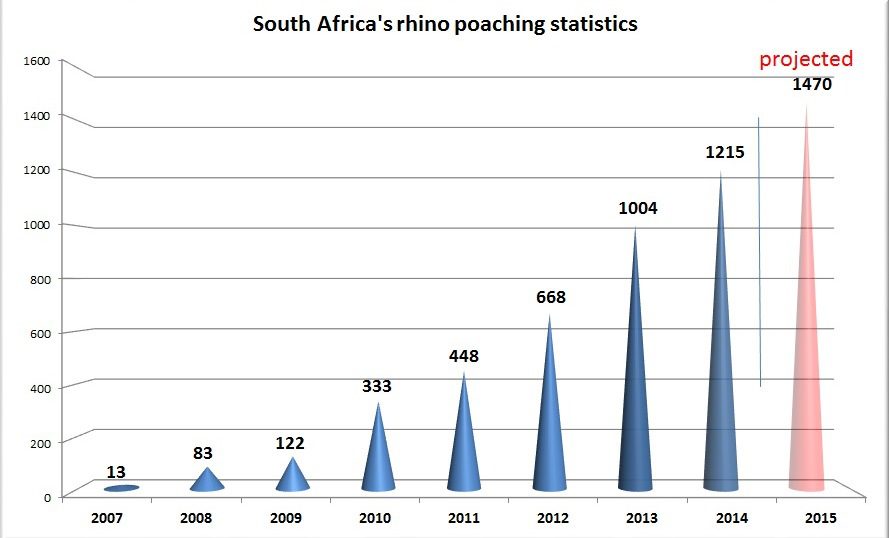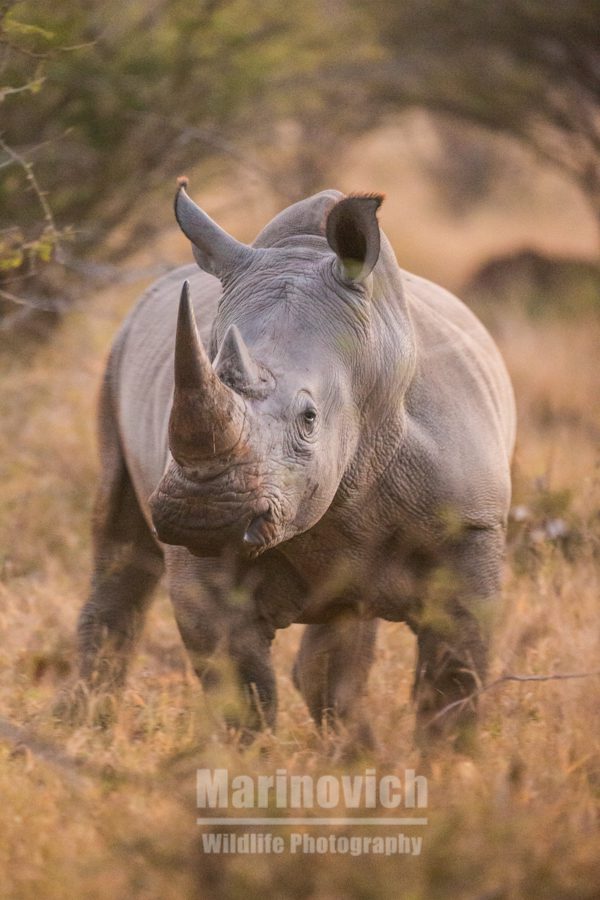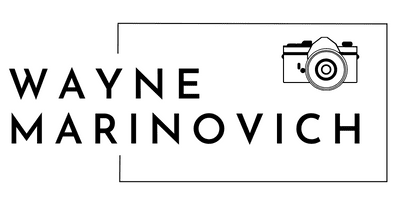
Well, another year has passed and the 2014 Rhino deaths due to poaching, have sadly continued to climb (by 211). I looked back to my notes, to 2013, and I had written down a predicted number of 1200, I was short by a few. Above is a graph from the Peace Parks Foundation, using data from the South African Department of Environmental affairs. They predict that as things stand, the number will hit about 1470.
So you can see why, other than pure corruption and greed, the government keeps harping on about legalising the trade in horn. Just because our current conservation models are failing to stop the poaching, doesn’t mean that flooding the market will stop the demand. Anyone who understands basic economics will know that “flash sales” of any kind, do flood the market with cheaper product, but the seller usually hopes that their consumer base will then increase, and thus, more customers in the future will want their product at normal prices. This is the opposite of what the authorities think will happen.
Why do idiotic senior conservation officials think that the result in legalising the trade in horn, will be a drop in demand from China and the likes. It was tried with ivory in Central Africa, the price dropped for a while, poaching plateaued and then the demand went up. Consequently the elephant crisis, has only worsened.
A poll of 1000 young Chinese was taken of those who had not yet tried any Rhino horn products, 84% said they would try it a few times, that is 840 of them. Does it mean 8400 out of 10 000, probably not, but a country that has an every growing middle class on the back of impressive economic growth in the last decade, will mean a huge potential customer base. I know that I am only highlighting China and not Vietnam, but the big money and therefore, the big challenge, comes from China.
What is currently happening?
1. Continuing to fund and fight poaching on the ground in Southern Africa.
2. Continue to target the middlemen and crime organisations which trade and deal in the products.
3. Educate Asian users to the pain and tragedy that they are fuelling by consuming products
All of these are currently being done by well-meaning individuals and groups who risk life, limb and reputation try and slow the increase in numbers, year-on-year. So why have we not halted the rise? Well, it’s all about demand.

What needs to change?
1. People need to wake up to fact that simply blaming poaching for this is, short-sighted, and that it fails to make people grasp the concept of supply and demand.
2. You will never stop poaching due to the abject poverty throughout Africa. NEVER. That means, as the demand from Asia increases on an upward trend, there are tens of thousands of Africans desperate enough to risk getting shot for a few hundred dollars. African communities need to share in the natural assets of Africa. Given responsibility and accountability to control and manage local wildlife stocks. Yes, greedy governments, that means you will have to relinquish those assets. I will not hold my breath. Lack of will from Africa governments mean that the assets will disappear over the next 40 to 50 years.
3. This can only be rectified at government level and the South African government should be loudest voice at CITES. These are South Africa’s assets that are being stolen by countries in the Far East. They should be demanding the enforcement of the existing legislation, not requesting it to be lifted. Yes, it is illegal within China and Vietnam to trade in Rhino horn, but nothing is enforced. This is where the war must be fought.
4. Boycotts and Trade bans should be agreed by countries against the likes of China. Sure they are a Global economic power, but it is mostly due to the fact that we all buy their crap.
5. Fund grass-root conservation groups on the ground in China, Indonesia and Vietnam, they do exist.
Looking forward to the 2016, will anything change? My personal opinion is that nothing will change to alter the increase of Rhino Deaths. It has nothing to with hope, optimism or pessimism for that matter. The underline reality here is that Africa’s leaders (possibly with exception of Botswana) are being dazzled by the shiny coins that fall from the table that China sits at.
So, any positives? Great individual stories that you see all over social media should to be shared. Birth numbers I can find in the public domain, state that there are around 1100-1200 rhino births each year, so the number should stabilise quickly if we can get enforceable consumer bans in Asia.
Rhino Conservation Groups:
International Rhino Foundation
角是不是药
코뿔소의 뿔은 약이 아니예요
গণ্ডার শিঙা ওষুধ নয়
Рог носорога это не лекарство
قرن وحيد القرن ليست الطب
サイの角は薬ではありません
राइनो सींग दवा नहीं है
Rhino buynuz dərman deyil
Рог насарога гэта не лекі
Rhino adarrez ez da medikuntza
Chifre de rinoceronte não é medicina
Tanduk badak bukan ubat
رائنو سینگ دوائی نہیں ہے
Gergedan boynuzu ilaç değildir









[…] Please see my previous blog post on Rhino conservation in South Africa […]